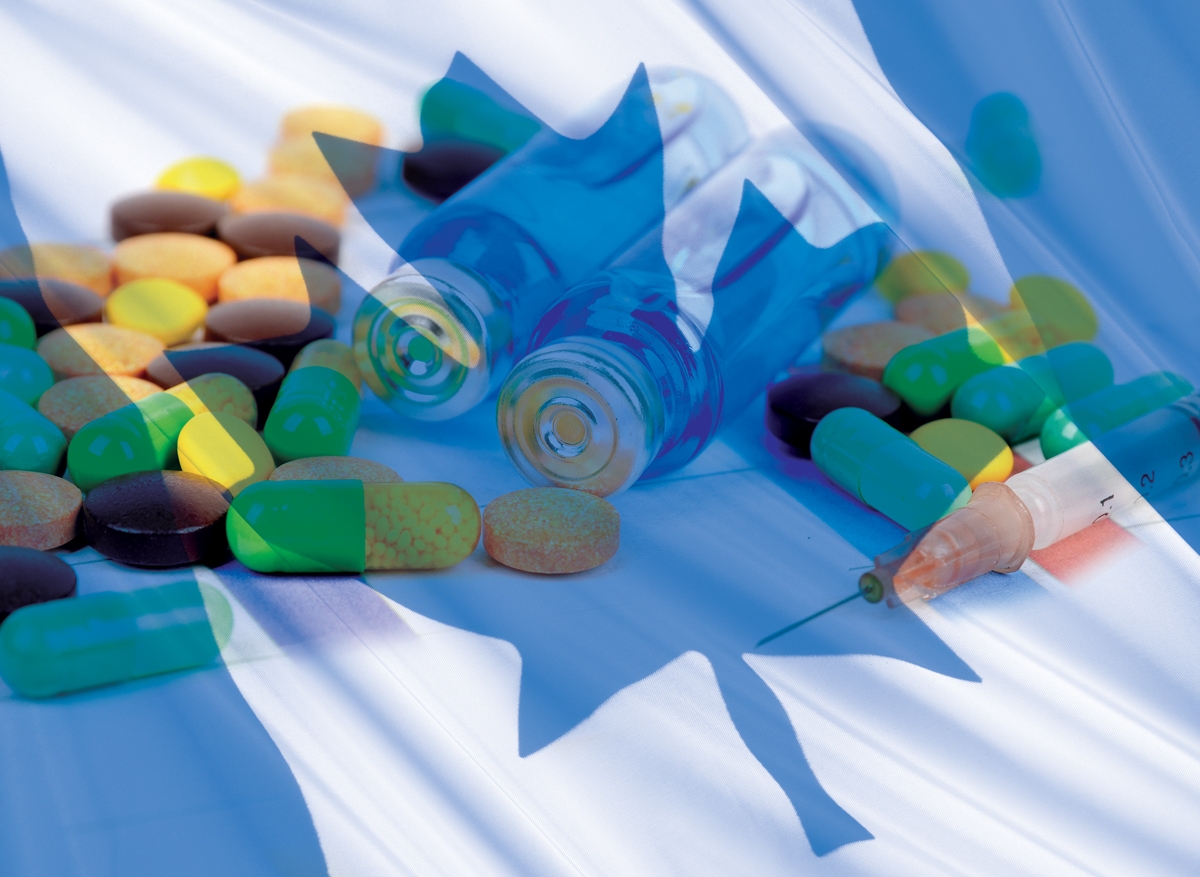
National public drug plan makes sense and cents
By: Julie White and Keith Newman, board members with the Canadian Health Coalition
Earlier this year, the House of Commons health committee released a report recommending a national public drug plan for Canadians.
It proposed that prescription medication be treated the same as doctors and hospitals — as a public service to be cost-shared by the federal and provincial governments.
Now the Advisory Council on Implementation on National Pharmacare led by former Ontario Health Minister Eric Hoskins is looking at how to move forward, holding meetings across the country and asking for opinions about what a drug plan should look like.
To create a fair, healthy and affordable plan, we need to ensure that the following principles are implemented:
Universal
A universal plan is fair because it covers everyone equally.
It means moving away from the existing 113,000 private plans and 70 public plans that cover people differently.
Instead, expanded provincial and territorial public drug plans would receive federal funding and oversight to ensure the same standard of service across the country.
It means that everyone is covered lifelong, regardless of age, where you work or where you live.
Public
Public health care has been shown repeatedly to provide better health care at a lower cost than for-profit private health systems. The U.S. approach to health care provided by private for-profit companies and paid for by a mix of insurance plans, individuals and government leads to substandard health results and costs more than public health care.
Our current patchwork provision of drugs is like this and is failing us.
A national drug plan should be funded by government, following the same principle as the provision of doctors and hospitals under the Canada Health Act.
Accessible
A drug plan should be accessible to everyone.
We support the elimination of co-pays and deductibles for prescription drugs, because those who can’t afford them can’t get the drugs they need.
Even small payments have been shown to prevent people from getting their drugs.
Ten per cent of Canadians are unable to take drugs prescribed for them because they can’t afford either the entire cost or the co-pays required by public and work-based plans.
Some end up in emergency rooms and some even die. Canadians pay more than one-quarter of the cost of drugs out of their own pockets.
We don’t pay to see a doctor or go to a hospital, and drugs are just as essential.
Affordable
A national public drug plan would be less expensive than our patchwork of many different private and public plans. A Canada-wide plan would allow effective negotiations for lower prices with the drug companies, backed by the power of access to the whole population.
This system is used effectively in many countries to obtain much lower prices for drugs than we pay in Canada.
Also, we would no longer pay insurance companies their profits or the administrative costs to manage thousands of work-based plans.
Every independent economic study has found a national public drug plan would be cheaper with estimated savings of $4- to $11-billion.
Independent, Safe and Effective
The list of drugs to be covered (the formulary) must be decided independently from the financial interests of pharmaceutical companies.
these companies influence both the approval of new drugs and the prescribing practices of doctors.
They also produce and promote drugs that offer no improvement over drugs already in use but are more expensive.
This influence leads to ineffective drugs, a waste of money, over-prescribing and harmful side effects.
The evaluation and approval of drugs and guidelines for prescribing them must be independent of pharmaceutical companies to ensure that drugs are safe, effective and prescribed appropriately.
Every other country that provides public health care for doctors and hospitals, also includes a national public drug plan.
It’s high time Canada followed suit.













